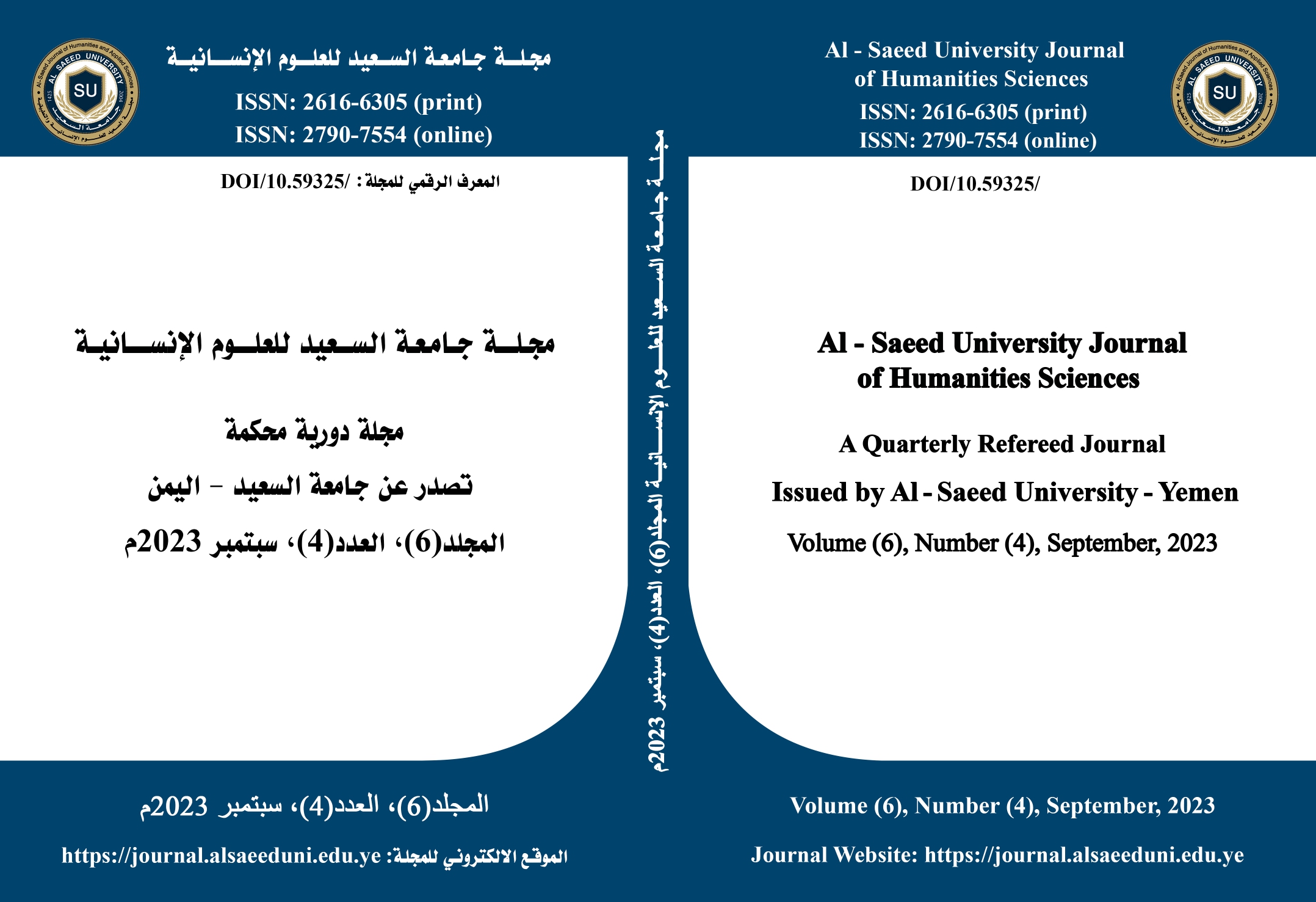The Conciliatory Reasoning and its Applications according to Sheikh Abdul Karim Zidan )An applied fundamental study)
DOI:
https://doi.org/10.59325/sjhas.v6i4.183Keywords:
The Conciliatory Reasoning, Jurispuaential applications, Abdul Karim Zidan.Abstract
This study deals with "the conciliatory reasoning and its applications according to Sheikh Abdul Karim Zidan" - Sheikh Zidan is considered one of the most prominent contemporary fundamentalist jurists and mujtahids, he interests reasoning rooting and branching. The study aims to know the meaning of the benefit explanation and its relationship to the cause, wisdom and appropriateness, and to know the opinions of scholars on the issue of reasoning the rulings in general, and the authoritativeness of the conciliatory reasoning, and explaining the difference between the benefit cause and the standard cause, and following the approach of Sheikh Zaidan and comparing it with the interpretation of the rulings of the fundamentals and the extent of the interest’s work in that field, and their evidence for what they have become, then the applications that support what the study has theoretically concluded; To reach the truth of Sheikh Zidan's approach to reformist explanation, rooting and branching.
The research has reached many results, including: The conciliatory reasoning is the explanation for the benefit and harm that the text came with or that is derived from the texts in the jurisprudential rulings, it differs from the reasoning that the fundamentalists search for in the investigations of analogy and among them that the reasoning acts of worship and transactions so there is no legal text without fault
Downloads
Published
How to Cite
Issue
Section
License
copyright is retained by the authors. Articles are licensed under an open access Creative Commons CC BY 4.0 license, meaning that anyone may download and read the paper for free. In addition, the article may be reused and quoted provided that the original published version is cited. These conditions allow for maximum use and exposure of the work.



